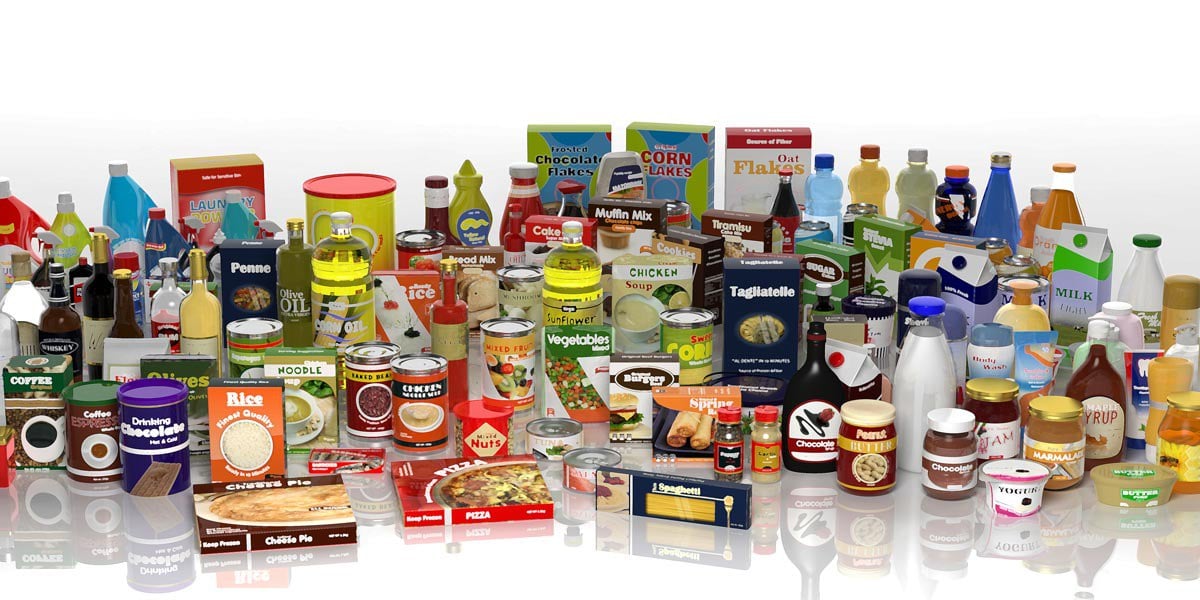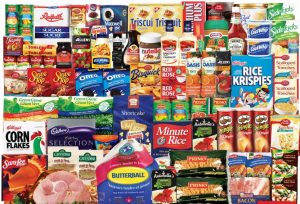In the realm of consumer goods, two terms that often cause confusion are CPG (Consumer Packaged Goods) and FMCG (Fast-Moving Consumer Goods). While they may seem interchangeable at first glance, there are distinct differences between the two categories that are crucial for businesses and consumers to understand.
- Nature of the Products:
- CPG products typically refer to goods that are consumed on a daily basis by individuals. These items are usually packaged for retail sale and have a relatively long shelf life. Examples include packaged foods, beverages, toiletries, and household products.
- FMCG products, on the other hand, are characterized by their fast turnover rate. These goods have a short shelf life and are consumed rapidly by consumers. FMCG items include perishable goods like fresh produce, dairy products, and baked goods.
- Supply Chain Dynamics:
- CPG products often have a more complex supply chain due to the need for extensive packaging, branding, and distribution. Manufacturers of CPG goods must focus on maintaining product quality and ensuring attractive packaging to stand out on retail shelves.
- FMCG products require a streamlined and efficient supply chain to meet the demands of rapid consumption. Suppliers of FMCG goods must prioritize factors such as freshness, availability, and quick delivery to keep up with consumer preferences.
- Marketing and Branding Strategies:
- CPG products typically rely on strong branding and marketing efforts to differentiate themselves in a competitive market. Companies in the CPG sector often invest heavily in advertising, promotions, and packaging design to attract and retain customers.
- FMCG products, due to their fast-moving nature, require agile marketing strategies that can quickly adapt to changing consumer trends. Brand loyalty plays a significant role in the FMCG sector, with consumers making frequent purchasing decisions based on factors like price, convenience, and quality.
- Consumer Behavior and Purchasing Patterns:
- Consumers tend to exhibit different behaviors when purchasing CPG versus FMCG products. CPG items are often considered essential or routine purchases, leading to more stable and predictable demand patterns.
- FMCG products, being perishable and frequently consumed, are subject to fluctuating demand influenced by factors such as seasonality, trends, and promotional activities. Consumers may exhibit impulse buying behavior when it comes to FMCG goods.
In conclusion, while CPG and FMCG products both cater to consumer needs, their distinct characteristics in terms of product nature, supply chain dynamics, marketing strategies, and consumer behavior set them apart in the competitive landscape of the consumer goods industry. Understanding these differences is essential for businesses to tailor their strategies effectively and meet the evolving demands of consumers in today's dynamic market environment.




+ There are no comments
Add yours